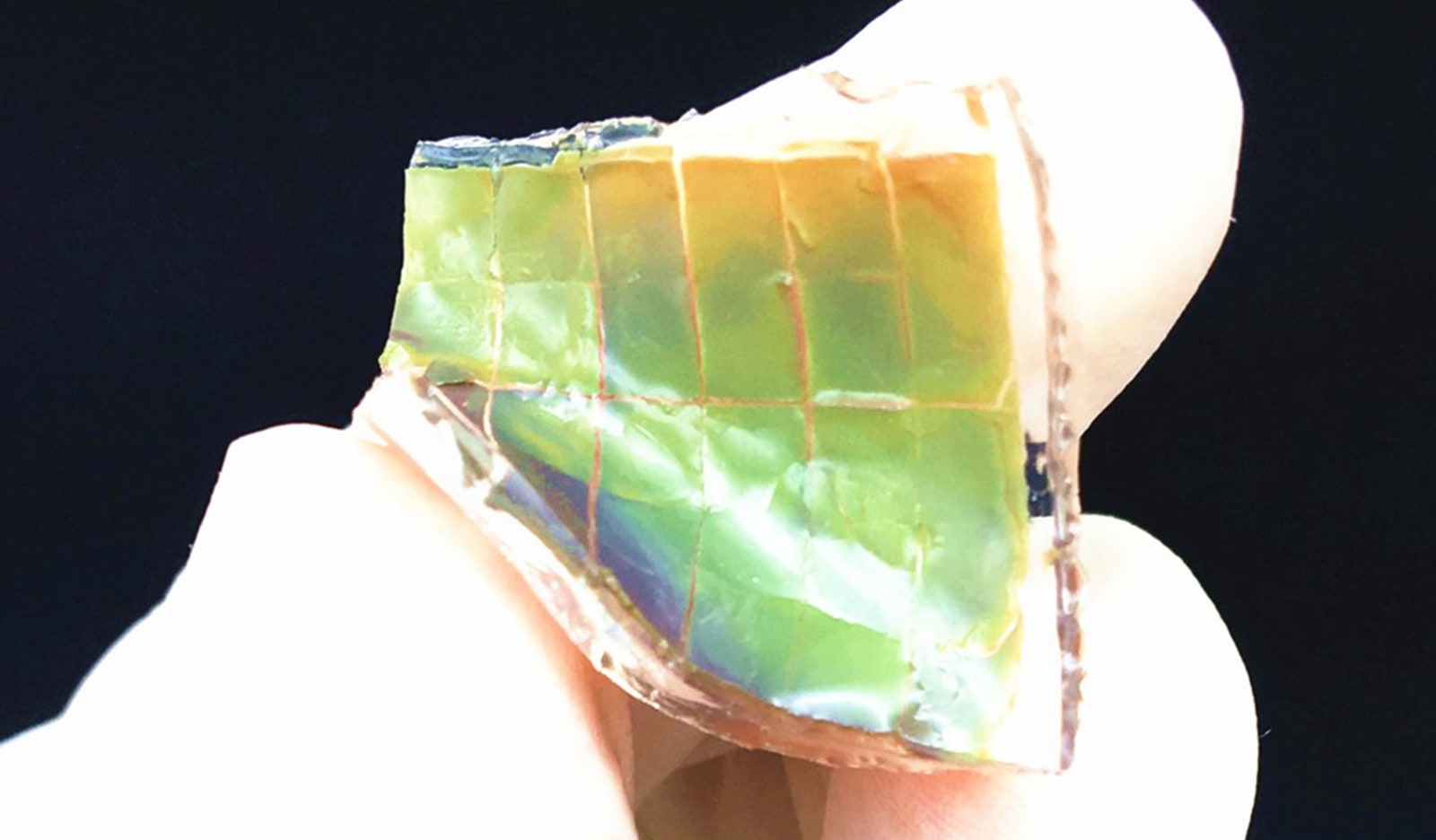Smartwatches and intelligent eyewear might soon do away with cords and chargers, as scientists are considering using human motion as a source of energy to power wearables.
One of the main problems wearables have nowadays is poor battery life. After all, current batteries get bulky after a certain capacity, and the entire purpose of wearable tech is defeated this way. Instead of finding ways to prolong the charge of the batteries, scientists used a mix of cutting-edge nanotechnology and static electricity to charge these devices while on the go.
“Self-powered electronics will play a critical role in the Internet of Things,” pointed out Zhong Lin Wang, a nanotech researcher and regents’ professor of engineering at Georgia Institute of Technology. In the next few years, humans and devices will connect seamlessly, and many of today’s habits (such as charging a smartwatch) will become a thing of the past.
Korean and Australian researchers developed a flexible and foldable piece of cloth that relies on nanogenerators to produce electricity. Four pieces of cloth, coated with nanorods and a silicon-based organic material, were pressed against each other, and the pressure generated enough energy to power LEDs, a liquid-crystal display and a car’s keyless remote.
“The cloth worked for more than 12,000 cycles, showing very good mechanical durability,” mentioned Sang-Woo Kim of Korea’s Sungkyunkwan University, lead author of a paper published this February in American Chemical Society’s ACS Nano peer-reviewed magazine.
“If you had a whole suit of this stuff, you could generate an impressive amount of power,” added George Crabtree, director of Argonne National Laboratory’s Joint Center for Energy Storage Research. “To make this work, you may need to continually compress and decompress.”
“This material—just a single layer of atoms—could be made as a wearable device, perhaps integrated into clothing, to convert energy from your body movement to electricity and power wearable sensors or medical devices or perhaps supply enough energy to charge your cell phone in your pocket,” concluded co-author and Columbia engineering professor James Hone.
The energy-producing cloth is the result of three years of intensive work, and many more years may pass until this would be commercially available. However, it’s good to know that scientists are thinking about creating alternative sources of energy for our gadgets.
Be social! Follow Walyou on Facebook and Twitter, and read more related stories about the nano-printed Monet masterpiece, or the miracle battery that gets from 0 to 70 percent in 2 minutes.

 Color-changing smart skin is nothing new, but scientists have had a hard time working out the kinks. Current smart skin is fragile and buckles after being exposed to varying temperatures. To help remedy that problem, scientists turned to analyzing de...
Color-changing smart skin is nothing new, but scientists have had a hard time working out the kinks. Current smart skin is fragile and buckles after being exposed to varying temperatures. To help remedy that problem, scientists turned to analyzing de...
 Color-changing smart skin is nothing new, but scientists have had a hard time working out the kinks. Current smart skin is fragile and buckles after being exposed to varying temperatures. To help remedy that problem, scientists turned to analyzing de...
Color-changing smart skin is nothing new, but scientists have had a hard time working out the kinks. Current smart skin is fragile and buckles after being exposed to varying temperatures. To help remedy that problem, scientists turned to analyzing de...


